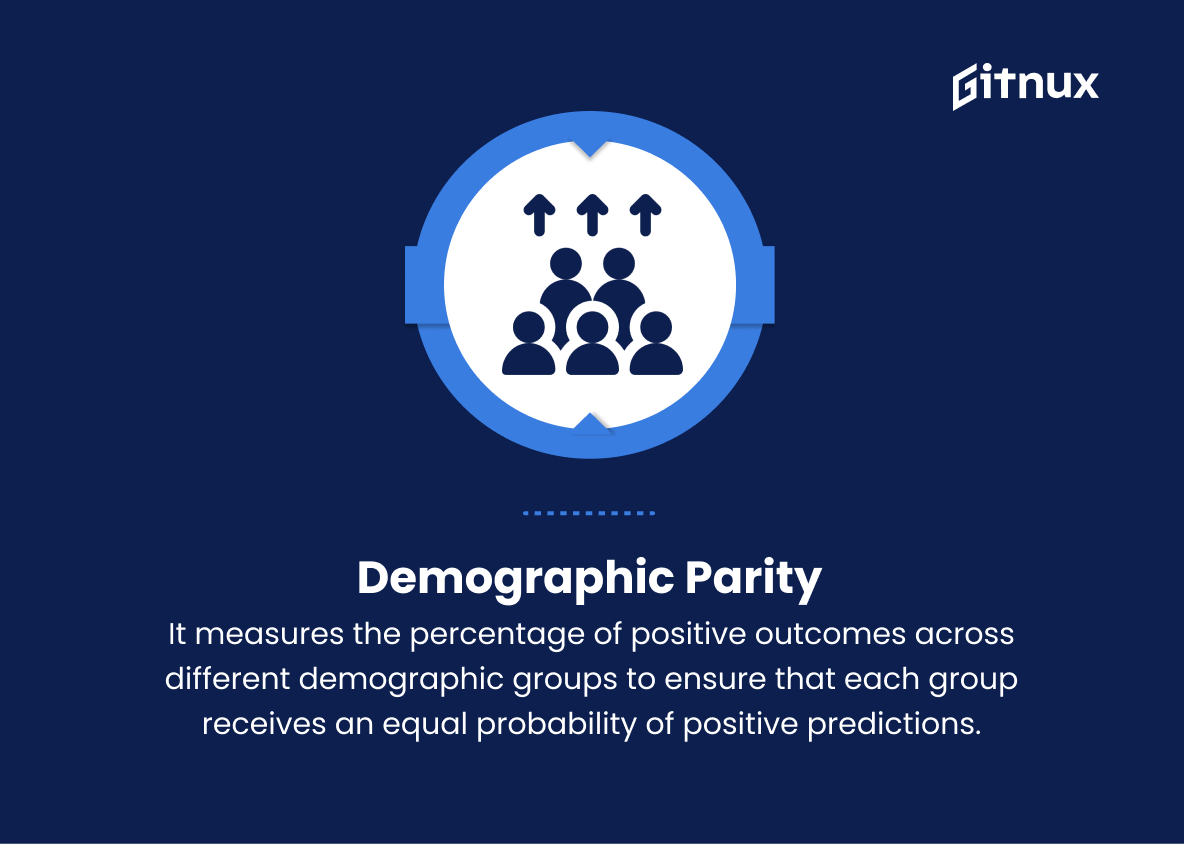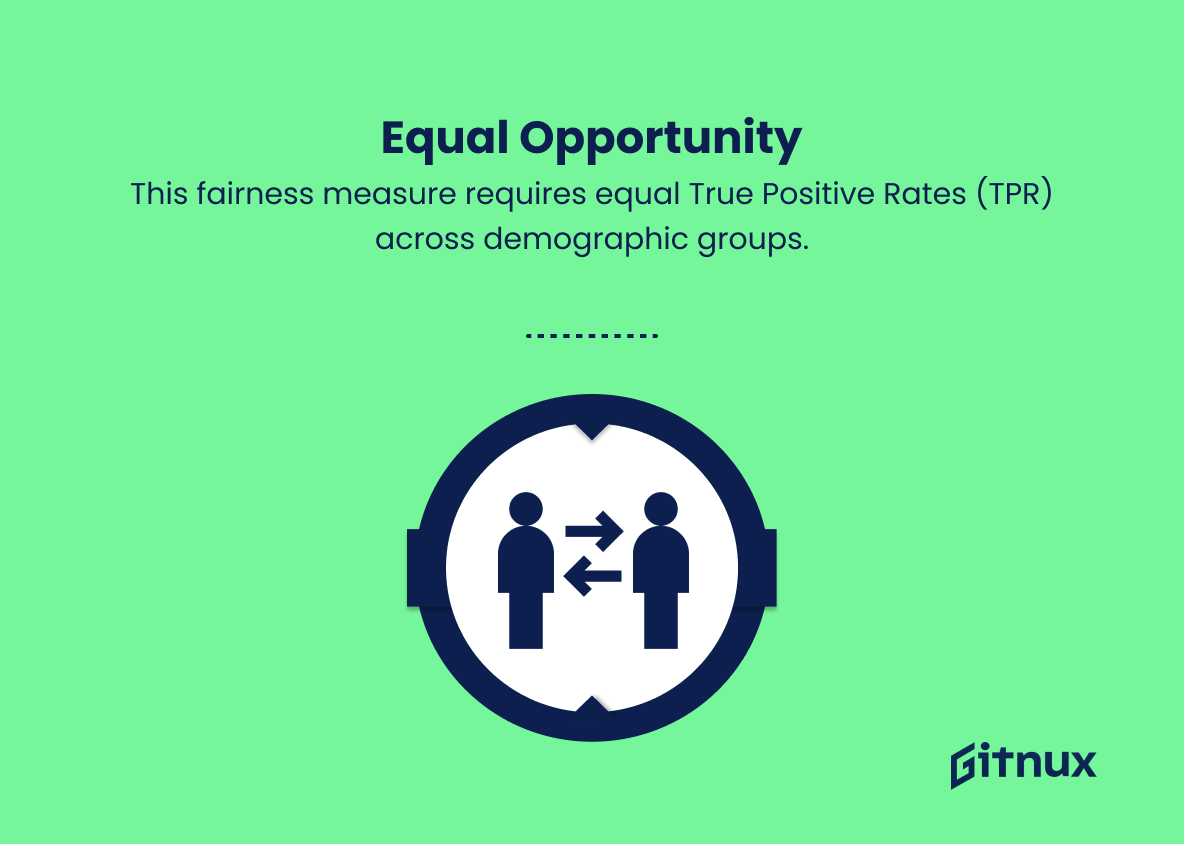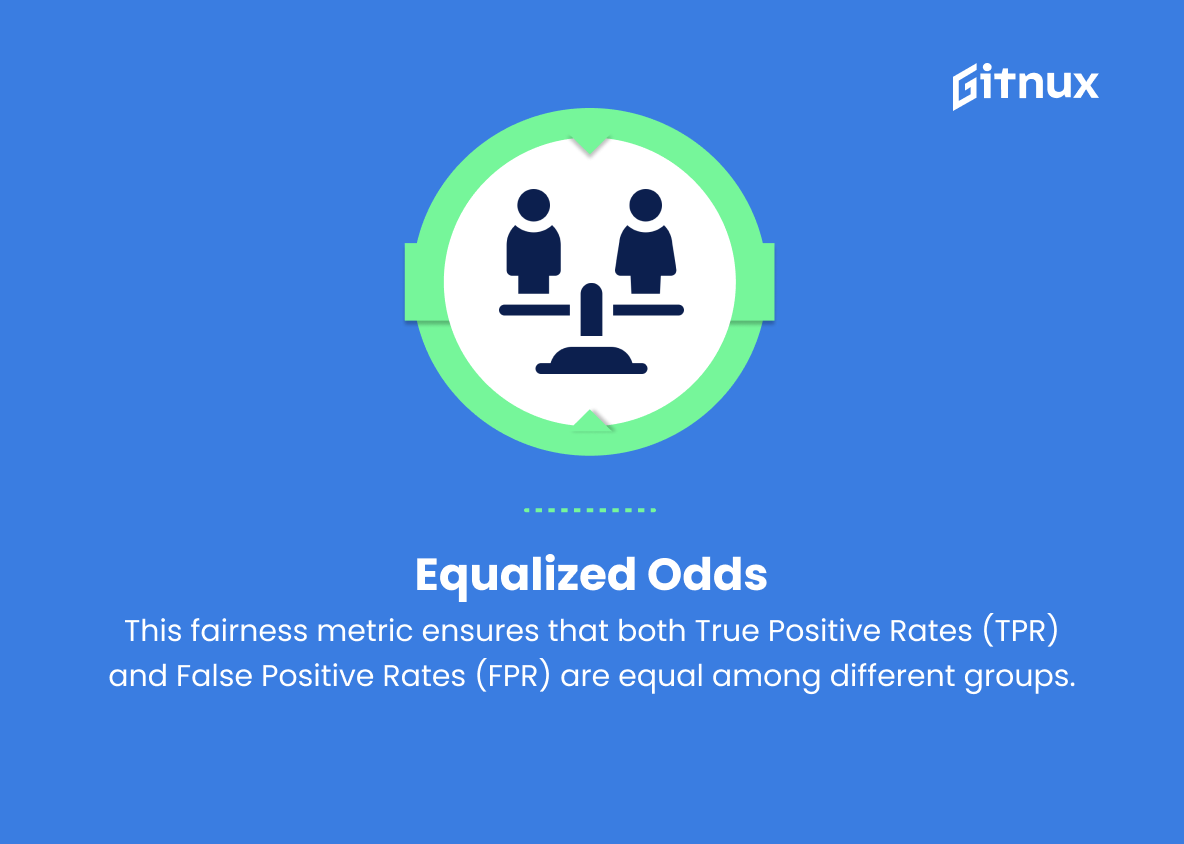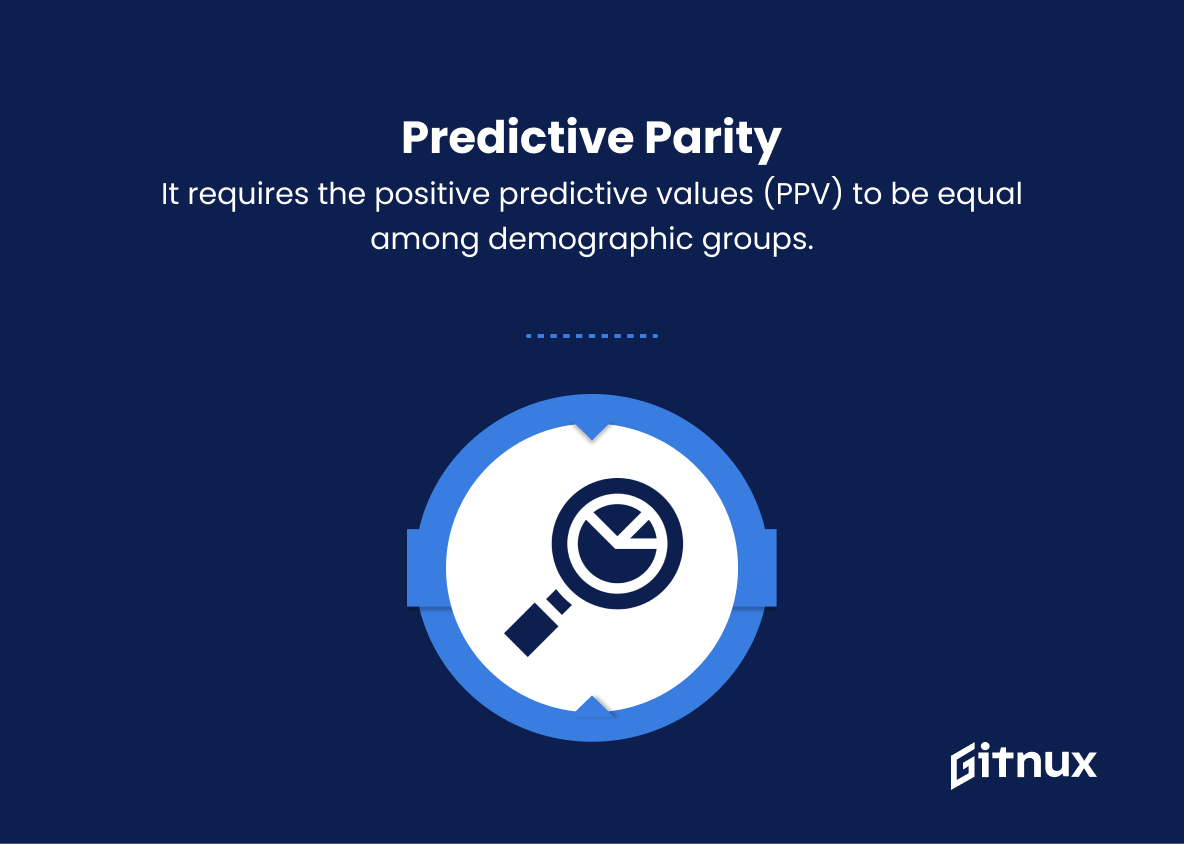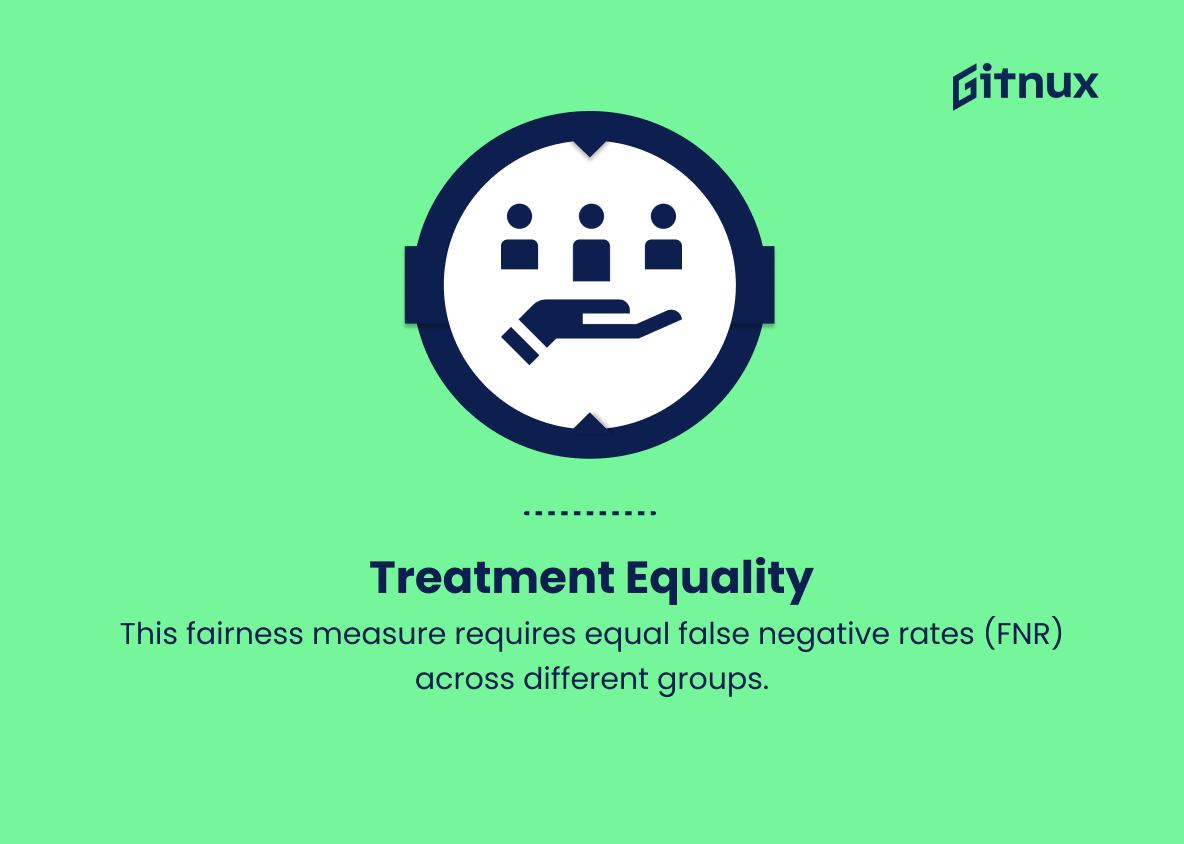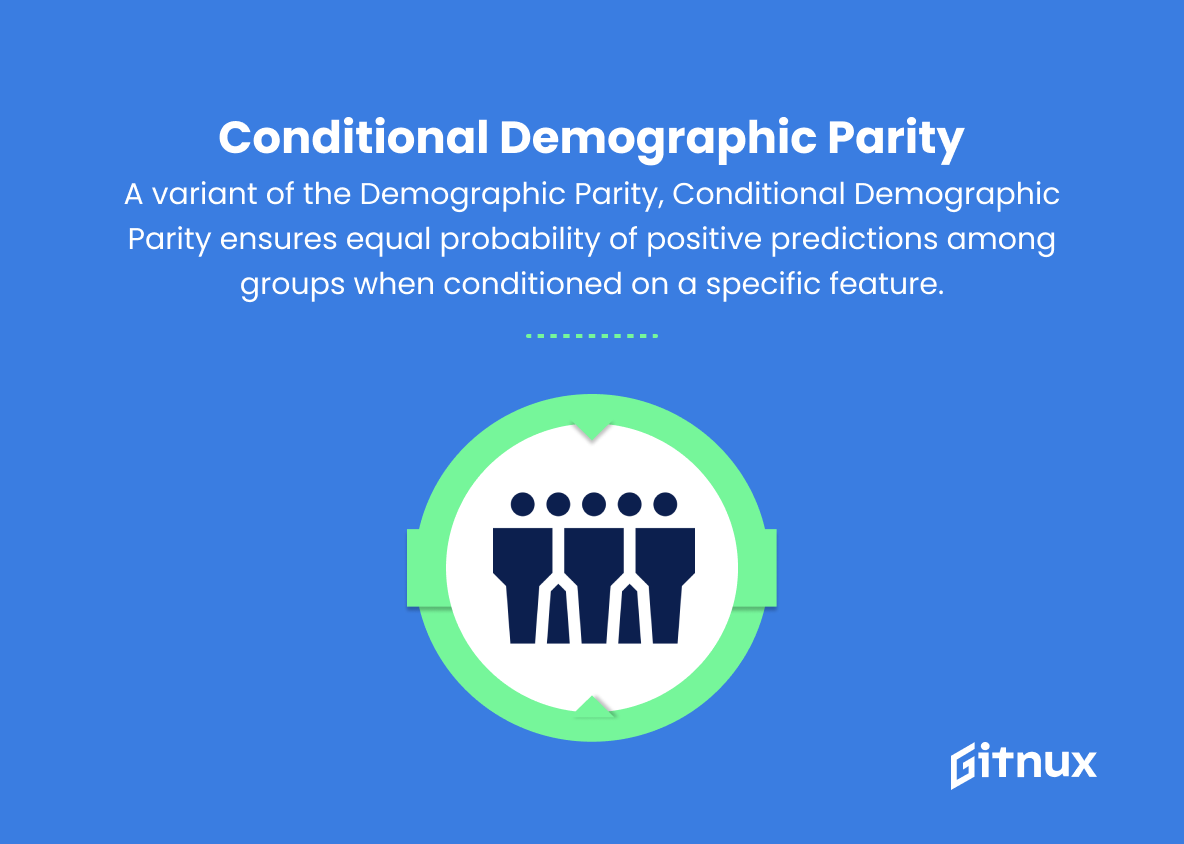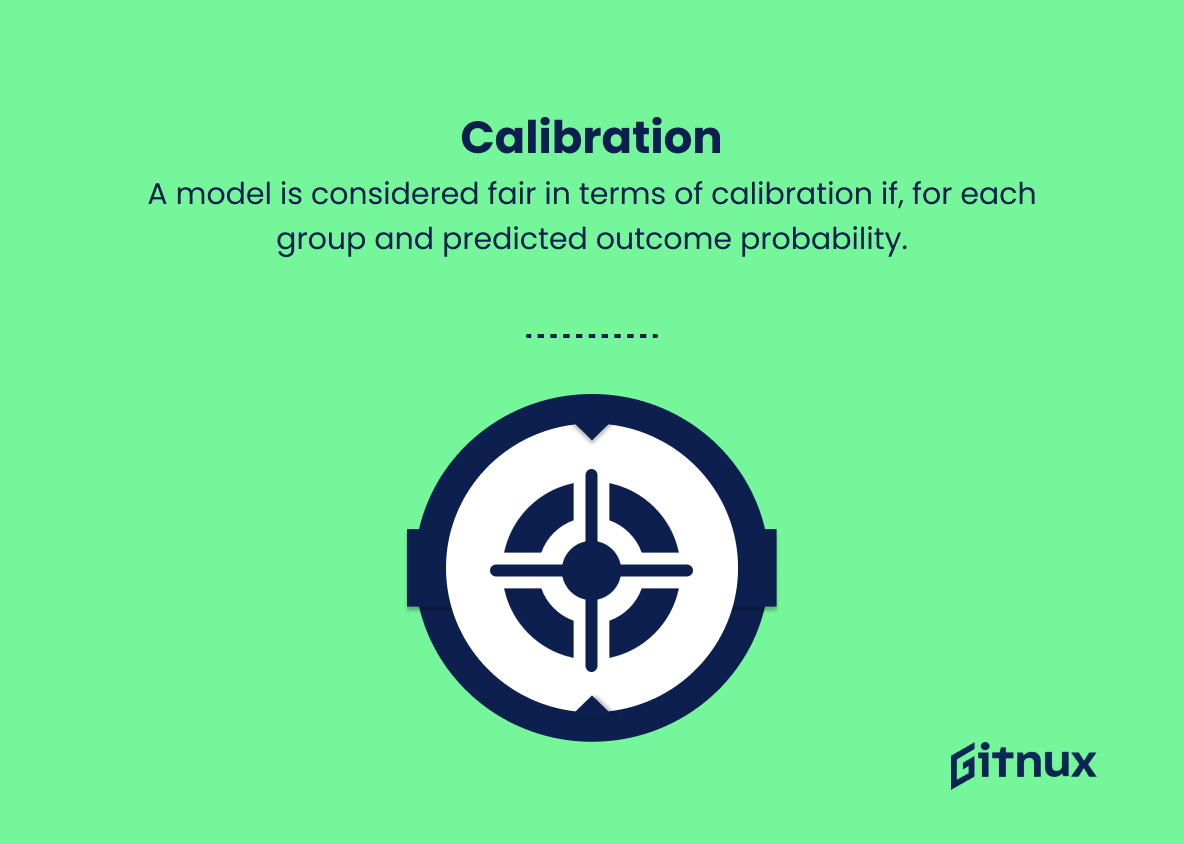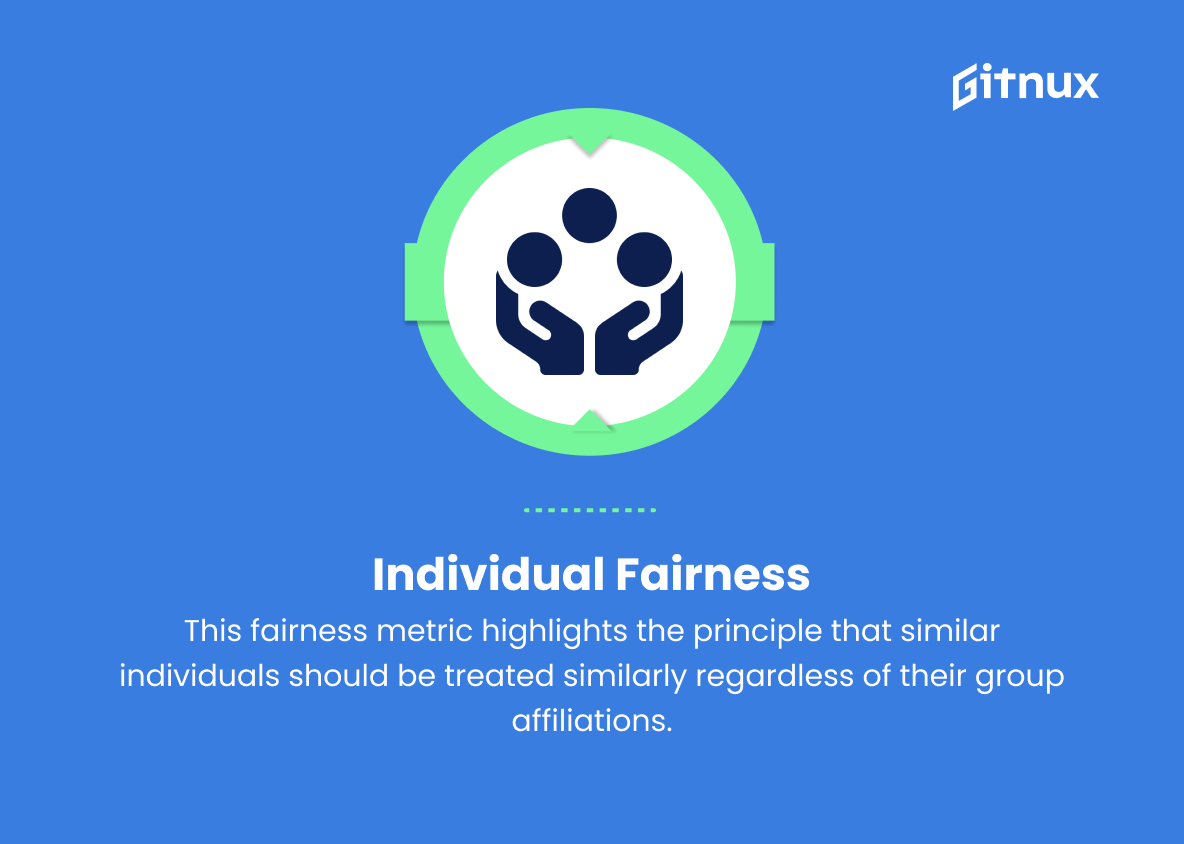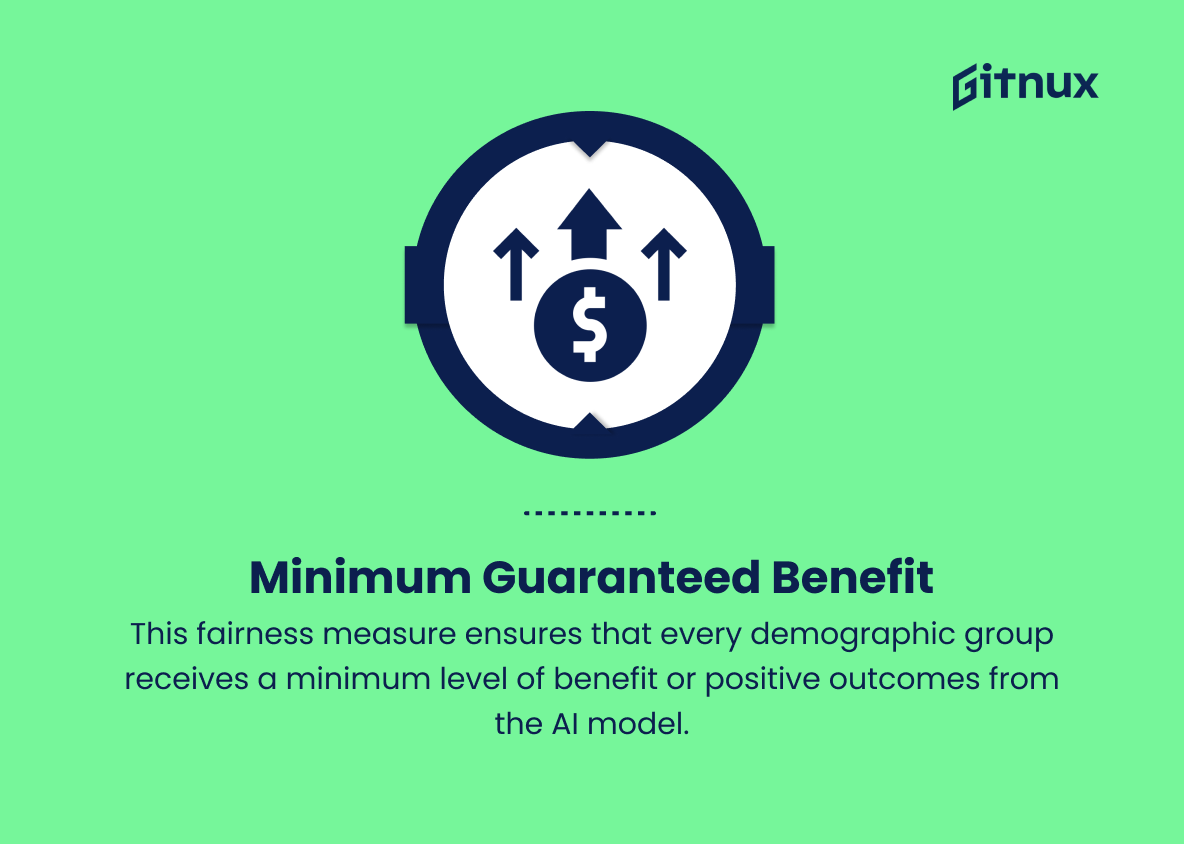In today’s rapidly evolving technological landscape, artificial intelligence (AI) has become an integral part of our daily lives, transforming industries and shaping our future. However, as these intelligent systems become increasingly prevalent, concerns about fairness in AI have gained traction among researchers, practitioners, and the general public. In this blog post, we delve into the importance of AI fairness metrics, exploring their implications and necessity in ensuring that AI-driven technologies are equitable, unbiased, and beneficial for all. Join us as we navigate the complex and exciting frontier of AI fairness and its potential to redefine ethical standards in the digital age.
Ai Fairness Metrics You Should Know
1. Demographic Parity
It measures the percentage of positive outcomes across different demographic groups (e.g., gender, age, race) to ensure that each group receives an equal probability of positive predictions. This metric may not consider the true outcomes or qualifications.
2. Equal Opportunity
This fairness measure requires equal True Positive Rates (TPR) across demographic groups. It ensures that the AI model is equally accurate for all groups when predicting positive outcomes.
3. Equalized Odds
This fairness metric ensures that both True Positive Rates (TPR) and False Positive Rates (FPR) are equal among different groups. It requires equal treatment in terms of correct and incorrect positive predictions for all demographic groups.
4. Predictive Parity
It requires the positive predictive values (PPV) to be equal among demographic groups. This metric ensures that the probability of a positive prediction being true (or correct) is the same for every group.
5. Treatment Equality
This fairness measure requires equal false negative rates (FNR) across different groups. It ensures that the AI model is equally inaccurate for all groups when predicting negative outcomes.
6. Conditional Demographic Parity
A variant of the Demographic Parity, Conditional Demographic Parity ensures equal probability of positive predictions among groups when conditioned on a specific feature, such as the level of education, skill, or experience.
7. Disparate Impact
Disparate Impact measures the ratio of the probability of positive outcomes in one group compared to another. To achieve fairness, the predicted outcome rates across groups should be relatively equal.
8. Calibration
A model is considered fair in terms of calibration if, for each group and predicted outcome probability, the model’s predicted probabilities align with the actual observed probabilities.
9. Individual Fairness
This fairness metric highlights the principle that similar individuals should be treated similarly regardless of their group affiliations. This can be achieved by comparing similarity or distance between instances in terms of their inherent features.
10. Counterfactual fairness
An AI model is considered to follow counterfactual fairness if an individual’s outcome does not change when their attributes (e.g., age, race, gender) are perturbed or altered, keeping other aspects constant.
11. Minimum guaranteed benefit
This fairness measure ensures that every demographic group receives a minimum level of benefit or positive outcomes from the AI model.
These metrics allow evaluating the fairness of an AI model along various dimensions, helping address biases and ensure equitable decision-making. It’s essential to consider the particular context and application when selecting relevant fairness metrics.
Ai Fairness Metrics Explained
AI fairness metrics play a vital role in evaluating and ensuring equitable decision-making by AI models across diverse demographic groups. Demographic Parity helps maintain an equal probability of positive predictions for each group. Equal Opportunity ensures equal accuracy of positive outcomes predictions, and Equalized Odds require equal treatment for correct and incorrect predictions. Predictive Parity focuses on equal probability of positive predictions being true, while Treatment Equality emphasizes equal inaccuracy for negative outcomes predictions.
Conditional Demographic Parity adds a conditioning feature to Demographic Parity. Disparate Impact measures the relative equality of positive outcome rates for different groups. Calibration ensures predicted probabilities align with actual probabilities. Individual Fairness highlights the importance of treating similar individuals equally, while Counterfactual Fairness maintains that attributes perturbations shouldn’t alter outcomes. Lastly, Minimum Guaranteed Benefit ensures that each demographic group benefits from the AI model. Factoring in the specific context and application helps choose appropriate fairness metrics for accurate, unbiased AI models.
Conclusion
In conclusion, AI fairness metrics play a vital role in the ethical development and deployment of artificial intelligence systems. As technology evolves at an astonishing pace, it is our responsibility to ensure that AI applications minimize biases, promote equity, and maintain fairness. The continuous development and improvement of AI fairness metrics will pave the way for a more just and unbiased digital future, where AI-powered solutions empower and uplift all members of society, irrespective of their diversity. Let us remain committed to harnessing the potential of AI for the greater good, while keeping fairness and inclusiveness at the heart of our efforts.
